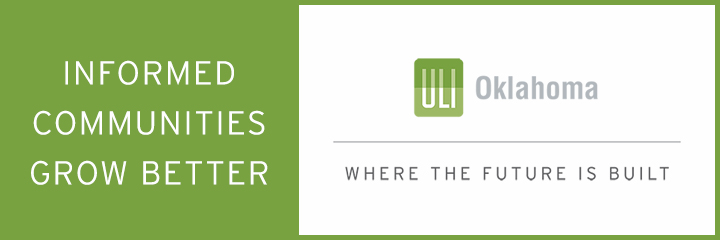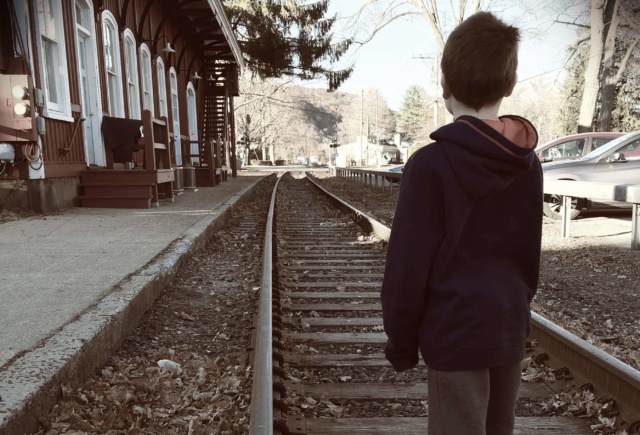
I‘ve got good news and bad news.
Perhaps the best news is that children’s health outcomes are improving, so now Oklahoma is ranked 34th nationally. Further, Oklahoma children’s well-being is improving — from 37th to 35th in the nation. We now only need to pass four states to become average in our children’s economic welfare. Last, the child-poverty rate dropped by a point to 22 percent, which is average for the nation.
The bad news is that the modestly improving metrics listed above must be considered along with other sad statistics. For example, more than 10 percent of Oklahoma children are in extreme poverty (which is half of the poverty level), and the New York Times’ Nick Kristof recently compared our state’s extreme poverty to that of Bangladesh.
In terms of economic opportunity, poor Oklahoma County children rank 19th nationally, or four points below their counterparts in Baltimore County.
Perhaps worst of all, Oklahoma is tied for first in the nation in the percentage of children who have endured three or more adverse childhood experiences (ACEs). Also, the percentage of children whose parents don’t have secure employment has increased to 30 percent. Perhaps even more frightening, between 9 percent and 18 percent of Oklahoma teens are not in school and unemployed.
Oklahoma has seen minor improvements in student performance and high school graduation rates, but it remains 42nd in the nation in education, depending how you score the topic. Estimates of the Oklahoma City Public School System spending range as low as $8,118 per student. That is 40 percent below the national average, and is even before this year’s and next year’s budget cuts are counted. (Other estimates indicate that the OKCPS spends only 29 percent less.) The OKCPS is 86 percent low-income (as measured by free and reduced lunch eligibility) and 34 percent of its students live in poverty. The district must absorb the costs of serving a student population where 12 percent of kids are on special education programs and 30 percent are English-language learners.
Economic assets should be shared
The bad news continues because we Oklahomans fail to share our economic assets with our children. Moreover, in the future, the neglect of our children and other forms of economic selfishness could bring back much of the bad old days. For instance, will this year’s refusal to accept “Obamacare” funding and cuts in health and education create long-term costs and suffering?
RELATED
It’s official: OKCPS reduced to promoting fundraisers
by Josh McBee
Often, voters and politicians deny that money matters much in terms of education outcomes. The assumption is that the OKCPS is so awful that increased funding in the inner city (as opposed to the suburbs) would be wasted. It is true that another recently released national database shows that the average OKCPS student is two and two-thirds years behind Edmond students in reading and math scores. On the other hand, the average students from Crooked Oak are about three years behind kids in the affluent suburb, while Millwood students are about three and one-third years behind.
Before criticizing those two high-poverty districts, however, we should consider the single most important metric: When adjusted for poverty, all four districts are about the same in terms of improving student outcomes.
State’s politicians starve the government
The contemporary school-reform movement was founded on the idea that poverty is an “excuse” presented by the education “status quo” for not overcoming the racial and economic achievement gap. New research, once again, explains why a child’s zip code, more than any other factor, determines educational outcome.
For instance, research by Cornell’s Kendra Bischoff explains the damage done by resegregation. More than one-third of families in large metropolitan areas now live “in neighborhoods of concentrated affluence or concentrated poverty” as “middle-class neighborhoods have become less common.” Moreover, Bischoff analyzes why this segregation is so damaging to schools:
Local environments are important for children’s early and adolescent development, so the more polarized communities become, the more unequal the opportunities available to high- and low-income children.
The University of Southern California’s Ann Owens further explains:
Whenever we talk about neighborhood and school segregation, they really go hand-in-hand. … There’s really a feedback loop, and it’s often framed as, we can never have integrated schools while we have segregated neighborhoods, but the flip side is true, as well. As long as schools are unequal and linked to neighborhoods, that’s going to play a big role in neighborhood segregation.
The idea that money doesn’t matter has clearly been disproved in terms of public education and what it takes to raise healthy children with promising economic futures. But, one thing remains unchanged: Oklahoma politicians have remained free to play Scrooge, to starve government so that it is small enough to be drowned in a bathtub but without paying a price at the polls. In fact, our leaders and our voters still seem to be free to neglect children without feeling guilty when looking in the mirror.
Surely, there is a price to be paid for such a decency deficit.






















